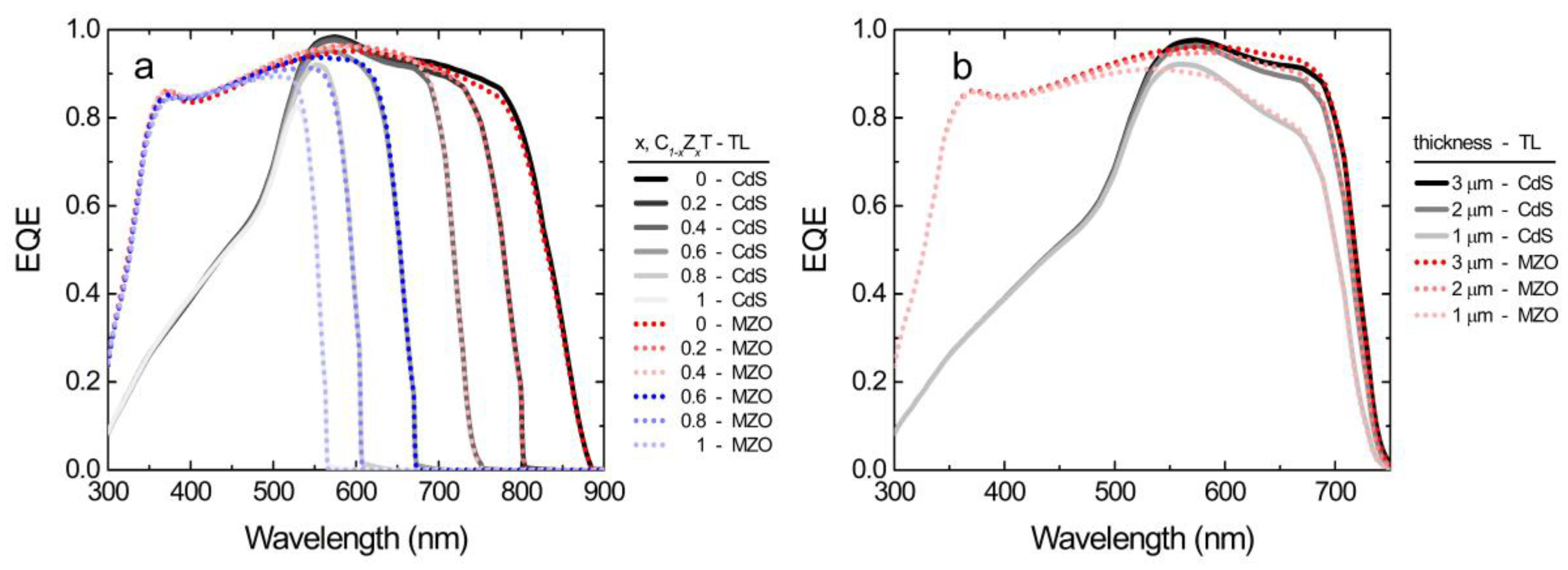

(2014), that single exponential discs (generally designated as Type I) form only a minority among the bright galaxies. In fact, it has been established by Erwin et al. Many of these structures are manifested as deviations from simple exponential behaviour of the surface brightnesses of the discs, known as disc breaks 1. The discs show a multitude of signatures of these processes, such as bars, spirals, rings, lenses, and tidal features. Since then galaxies have undergone complex internal and external processes creating new, and modifying existing structures that we observe in low redshift galaxies. White & Rees 1978 Springel & Hernquist 2005), leading to exponentially decreasing surface density profiles (e.g. Galactic discs are generally thought to be the first structures formed in the collapse of gas and subsequent star formation in the dark matter halo (e.g. Multiple structures observed in galaxies provide us with information of how galaxies have evolved to their current state. Our results indicate that the observed wavelength is a significant factor when determining the profile types in very low mass dwarf galaxies, for which more Type II profiles have been previously found using optical data.įull Tables 1 and 3 are only available at the CDS via anonymous ftp to ( 130.79.128.5) or via While the observed wavelength affects the disc parameters, it does not significantly affect the profile type classification in our sample. In Type III profiles h o are larger in the u-band, hinting to the presence of young stellar population in the outer disc. Consistent with the previous studies, but with a higher statistical significance, we find that Type II outer disc scalelengths ( h o) in late-type and low mass galaxies ( T > 4, log 10( M ∗/ M ⊙) ≲ 10.5) are shorter in bluer wavelengths, possibly due to stellar radial migration populating the outer discs with older stars. Especially the scalelength of the inner disc ( h i) of Type II profiles increases from infrared to u-band on average by a factor of ~2.2. The observed wavelength affects the scalelength of the disc of every profile type. The up-bending (Type III) profiles are also more common in massive galaxies. The fraction of down-bending (Type II) profiles increases with stellar mass, possibly due to more common occurrence of bar resonance structures.


We find that in low-mass galaxies the single exponential profiles (Type I) are most common, and that their fraction decreases with increasing galaxy stellar mass. In addition, optical Sloan Digital Sky Survey (SDSS) or Liverpool telescope data was used for 480 of these galaxies. We studied the properties of galaxy discs using radial surface brightness profiles of 753 galaxies, obtained from the 3.6 μm images of the Spitzer Survey of Stellar Structure in Galaxies (S 4G), and the K s-band data from the Near InfraRed S0-Sa galaxy Survey (NIRS0S), covering a wide range of galaxy morphologies ( −2 ≤ T ≤ 9) and stellar masses ( 8.5 ≲ log 10( M ∗/ M ⊙) ≲ 11). By using both optical and infrared data we study whether the observed wavelength affects the break features as a function of galaxy mass and Hubble type. We use a large well-defined sample to study how common the disc breaks are, and whether their properties depend on galaxy mass. By studying the disc breaks we aim to better understand what processes are responsible for the evolution of the outer discs of galaxies, and galaxies in general.Īims. Breaks in the surface brightness profiles in the outer regions of galactic discs are thought to have formed by various internal (e.g. Jarkko Laine, Eija Laurikainen and Heikki SaloĪstronomy Research Unit, 90014 University of Oulu, PO Box 3000, Oulu, FinlandĬontext. Astronomical objects: linking to databases.Including author names using non-Roman alphabets.Suggested resources for more tips on language editing in the sciences Punctuation and style concerns regarding equations, figures, tables, and footnotes


 0 kommentar(er)
0 kommentar(er)
